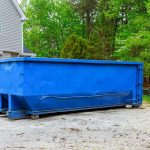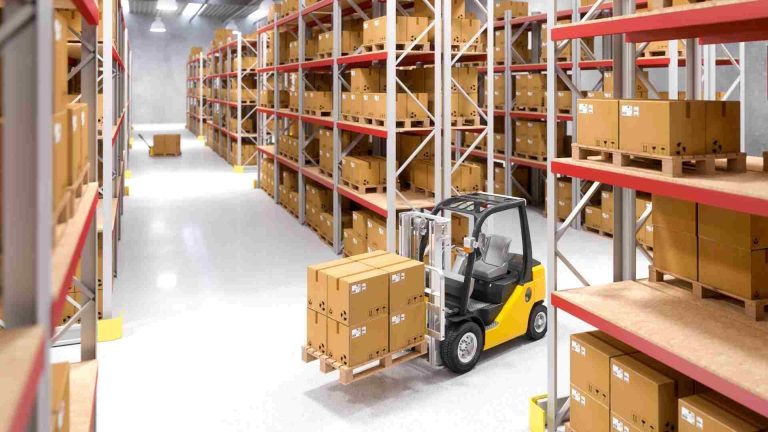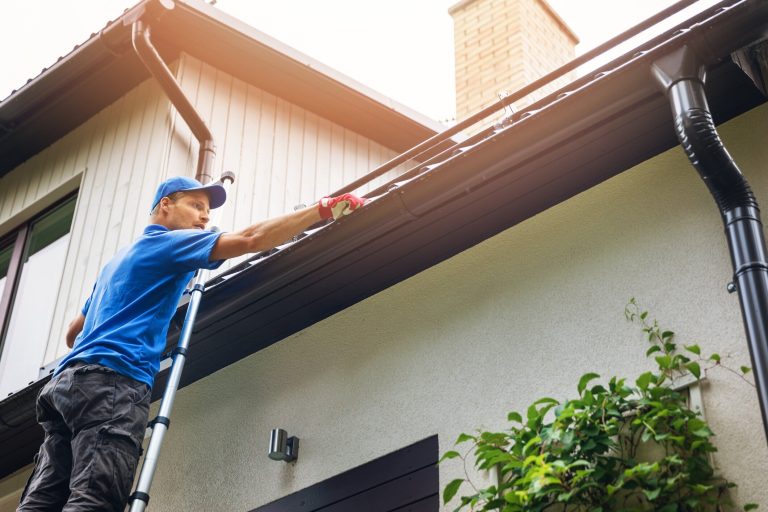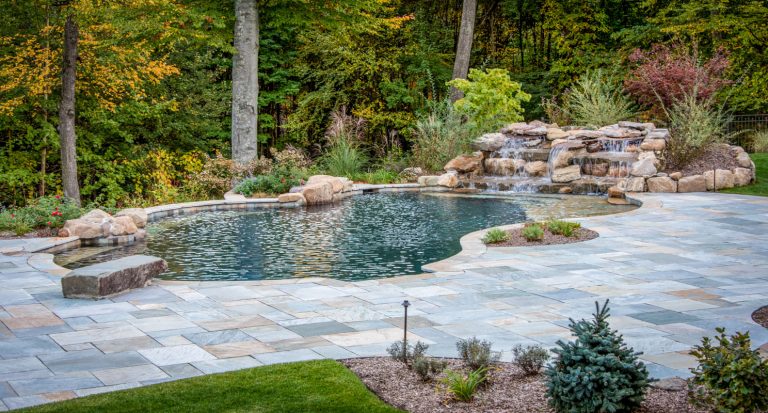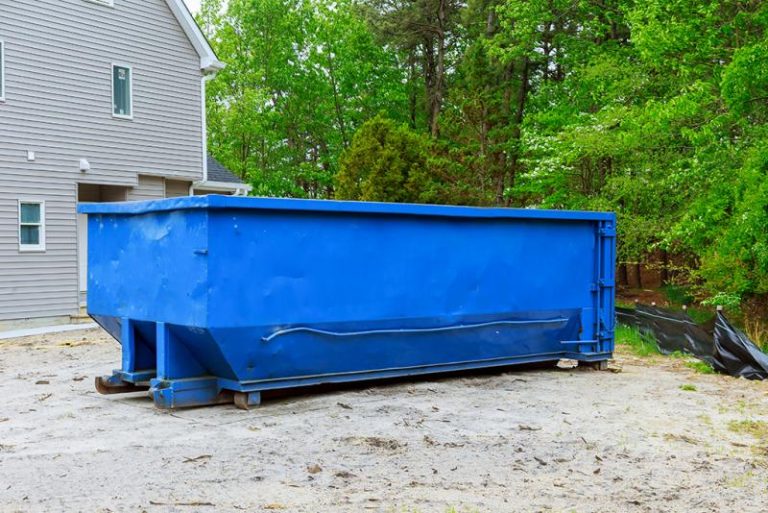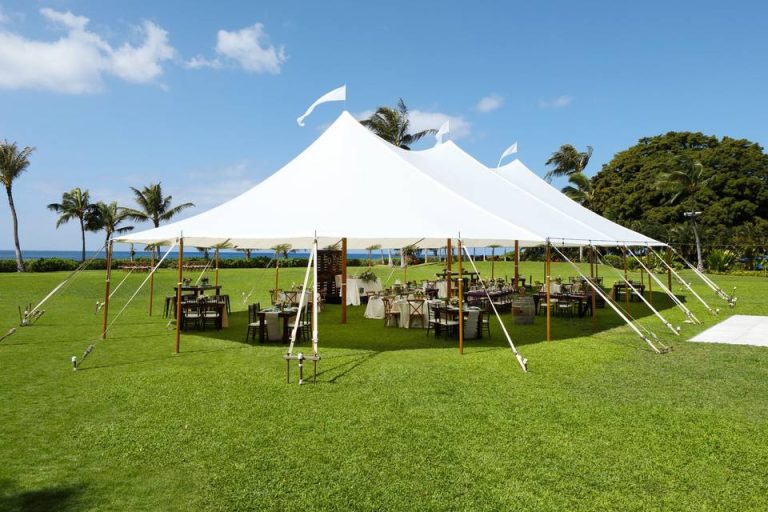For both land-based and water-based construction equipment, working in the nearshore environment, particularly along exposed coastlines, can be extremely inhospitable and challenging. In this shallow, tidal, high-energy zone, neither construction approach is well suited. It’s too shallow for marine vessels to avoid grounding, and it’s too deep and exposed for land-based activities, which risks damage to equipment and flooding.
This is the zone that neither the onshore contractor or offshore contractor is best suited to manage – and it is this difficulty that makes designing and constructing shore crossings quite challenging.
In the past, these crossings would have needed large-scale open battered excavations onshore, which would connect to a piled cofferdam through the surf zone, followed by a dredged channel offshore. Flotation devices and hydraulic winches would be used to move a concrete-coated pipe segment into place. But, this method was very vulnerable to poor weather conditions and tidal changes, as well as poses several issues in terms of worker safety and potential environmental harm, such as oil leaks and erosion.
What are the benefits of using horizontal drilling method for shore crossings?
By using HDD to build the shore crossing, the need for works to be built in the nearshore environment is eliminated. The length and depth of the crossing can be increased with HDD, allowing the rig to be positioned back on level ground and the exit to be outside the surf zone.
The rig will be positioned well behind the dune system, allowing it to be preserved for erosion prevention and maintain the current flora and fauna in the coastal corridor. The exit point will be chosen to allow for a smooth transition to an offshore pipeline, and provide appropriate conditions for positioning subsea structures. The departure point must have enough water depth to allow for safe anchoring, vessel access, and diving activities.
The pipelines can be prefabricated onshore and thrust through the bore from entrance to exit, or the horizontal drilling rig can pull the pipeline back from offshore if it was fabricated by a laybarge or pulled offshore from a spool base/launching point. It’s especially convenient if the product pipe is made of HDPE, which floats without the need for extra buoyancy control.

What are the key considerations of using the HDD method for shore crossings?
Selecting a good exit position and then acquiring trustworthy, cost-effective geotechnical offshore information are two of the most difficult aspects of designing an HDD shore crossing.
It may be possible to interpolate onshore and nearshore boreholes for shorter crossings, but it is critical to establish an understanding of the exit topography and geology for longer crossings. This is crucial for developing the HDD approach, identifying whether the hole will be forward reamed or back reamed, and whether the pipe will be thrust or pulled into the bore.
Weather is another important issue that must be taken into account. Despite the fact that the majority of the work can be done onshore, maritime vessels and divers will be needed at many key points during the operation. It’s critical to have these windows recognized and then have contingency plans in place in case of delays.
To avoid cost escalation and potential disagreements between parties, it will be critical to spell out exactly what conditions the marine vessels can operate in, as well as how this risk would be costed.
The key distinction in the HDD operation is that the pipe-side will be operated by a marine spread over water. It’s critical to properly outline the vessel’s specifications and determine what functions it will fulfill under what situations.
Seabed preparations, lifting and retrieval of downhole tools, diving support, alignment and hook up of pipe string, winching, and placement of clump weights/mattresses for temporary stabilization, as well as flooding and measuring of the pipeline, are all possible options.
Drilling and closing the bore right before exit is another technique that has evolved. This enables forward reaming to open the hole, restricting offshore activities and guaranteeing that drill fluids are returned to entry for recycling rather than being wasted to the ocean floor. To minimize any potential environmental repercussions of the break through to the bottom, the final segment of the bore can be reamed out using biodegradable fluids.





